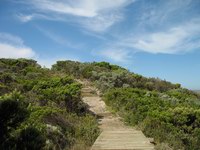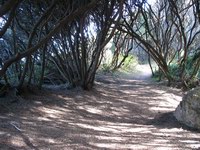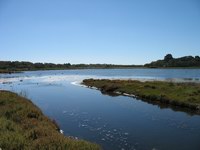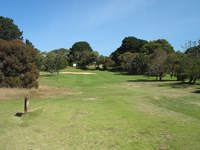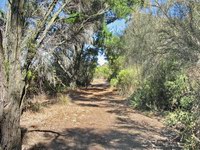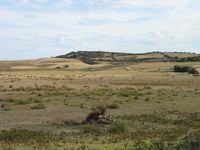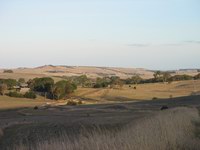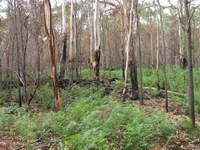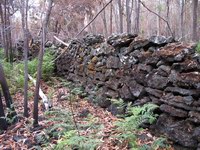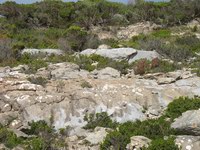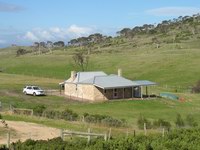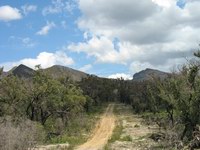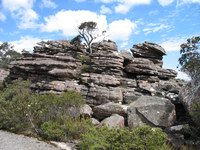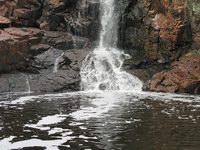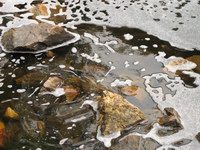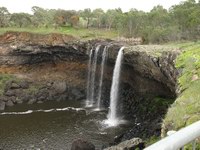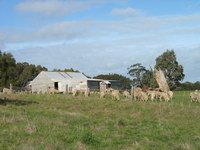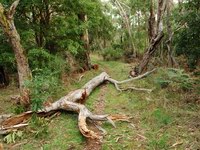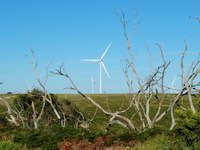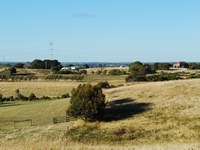
Home |
Up |
Next |
Landscapes are the best money shots after people. They are printed as posters and used as wallpaper on computers and as the visual subject of demonstration videos for HD TV. Everybody loves quality landscapes and everybody tries to take these shots. Sadly, however, in the hands of the amateur they often fail to inspire.
Nondescript distant vegetation provides a poor, low contrast target for auto focus, especially for SLRs with SIR sensors, and the focus can often be unsatisfactory. Manual focus may be a better option with SLRs, especially for distant subjects.
Lighting is also critical and the sky needs to be taken into account. As always, shooting into the sun is not normally a good idea, although it can produce some magic landscape effects, such as the sun breaking through the clouds on an overcast day. Shots late in the day when the light is golden often provide a mellow alternative to the more accurate and common midday shots. A clear blue sky is always a lovely backdrop for any landscape, as well as guaranteeing quality illumination for the subject, so on any clear day grab your camera and go!
A wide lens is a useful tool for landscape photography, but one must careful in choosing a subject for an ultra-wide lens lest you wind up with all sky and foreground. Once your initial infatuation with fish eye distortion is gone you will need software to de-fish your wide angle shots. Software that has the manufacturer's lens profile built in is the most simple and accurate way to go. Not all good landscapes are wide-angle though, and from a distance it is often good to take a mid range lens and zoom in to highlight a specific feature.
